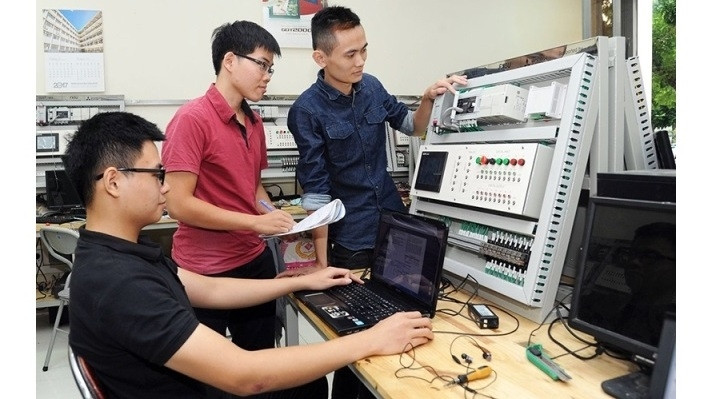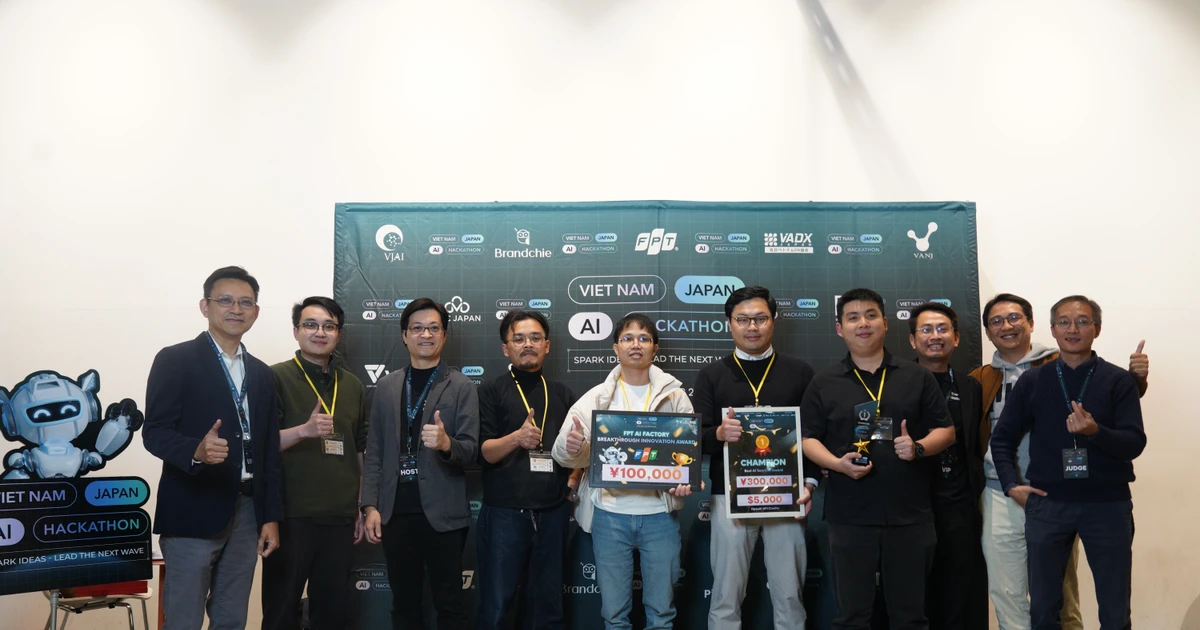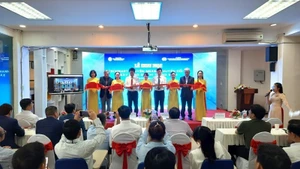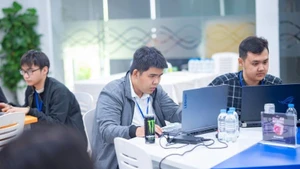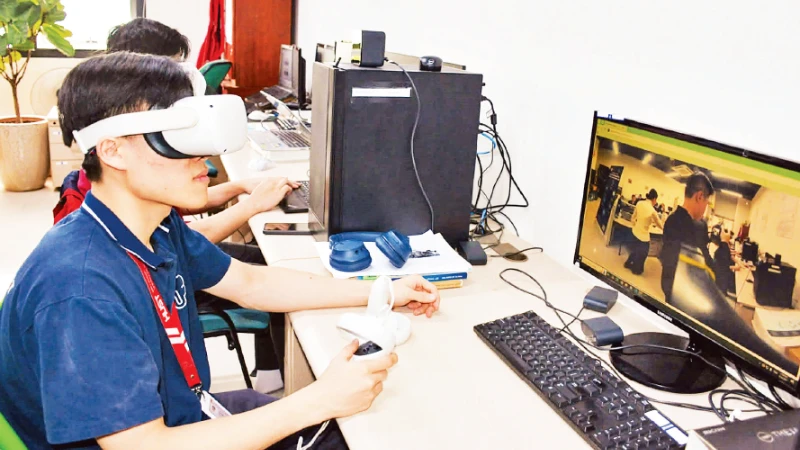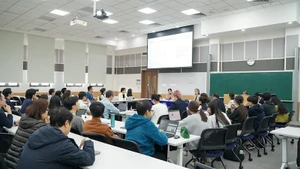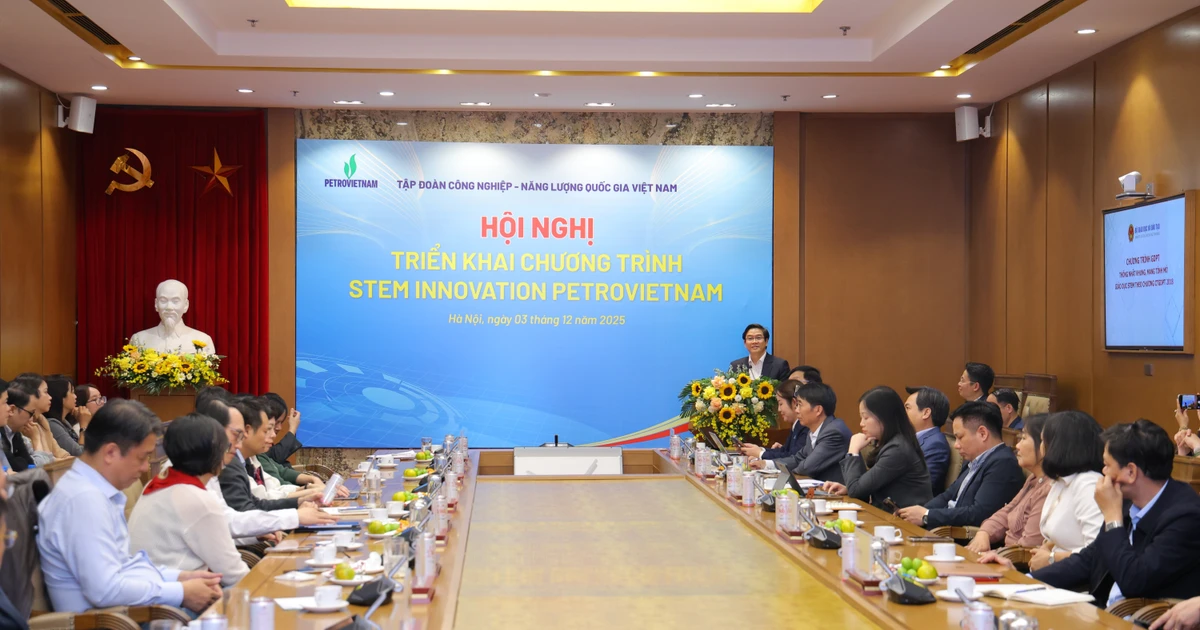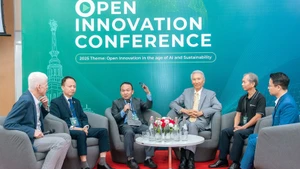According to experts, the application of automation and AI in regards to production is becoming more and more popular, helping to perform difficult and dangerous tasks that can affect human health. However, on the other hand, automation will make the most difference for manpower, especially unskilled workers will become redundant, causing disadvantages to labourers who do not meet the new requirements for change, leading to a range of professionals who would no longer exist and thus the number of unemployed will increase.
A forecast from Mckinsey – an US-based leading management consulting firm – shows that there will be about 800 million workers in the world who will lose their jobs under the impact of automation and AI.
Looking back at the history of the previous industrial revolutions (IRs), in the short term, the labour market was affected at first, but then the recovery and development followed up. Therefore, it can be said that IRs do not create job loss but actually create career transition, whereby people and machines will work together. Workers are free to focus on areas that require creativity, social skills and emotional intelligence, while dangerous or repeated tasks will be covered by machines and automated systems.
Therefore, in order to reach a successful convert, it is necessary to have investment plans for S&T research, innovation and training of highly qualified human resources that are capable of adapting to lead the digital transformation. This can only be done thanks to the joint efforts from the State, businesses and the educational system.
In the previous IRs, the succeeding countries always faced difficulties in accessing new, core and fundamental technologies. It was difficult for them to capture and master the development trend to benefit from scientific and technological achievements. But in the fourth IR, amidst the digital transformation movement, where advanced technologies spread to every corner of life, it is not so difficult to approach but more so how to quickly master technologies, thereby combining with innovative and breakthrough ideas to create valuable technologies, products and services, contributing to the strong socio-economic development of the country.
According to Associate Professor, Dr. Ta Hai Tung, Head of the School of Information and Communication Technology (under the Hanoi University of Science and Technology), in Vietnam, as the industry has not really developed, the majority of businesses are small and medium-size ones, with simple products and services and just at the level of outsourcing. Although a number of large industrial corporations have been established recently, with ambitions to rise rapidly, in fact, most enterprises have not focused on research and development and innovative activities.
In this context, universities are places that not only contribute to breakthrough technological ideas, but also nurture human resources with technological potential, youthfulness and strong entrepreneurial spirit, which is considered a core of the scientific and technological ecosystem associated with innovation. Investing in scientific research activities at the tertiary educational level is not only investment in high quality human resources that can adapt to, but also creates the potential for them to lead the nation’s S&T development.
The highly qualified human resource requires access to advanced S&T right at the schools, participating in scientific research projects of and product development during their learning process. Learning through experience and learning through problem solving is crucial in high-level training to shape future technology leaders.
For that reason, investing in scientific research at universities plays a key role in the development of S&T and innovation, and especially helps to create a high-quality, ready-to-work human resources for the ongoing digital transformation around the world. Without any doubt it will contribute to creating strong development steps and national socio-economic breakthroughs.
